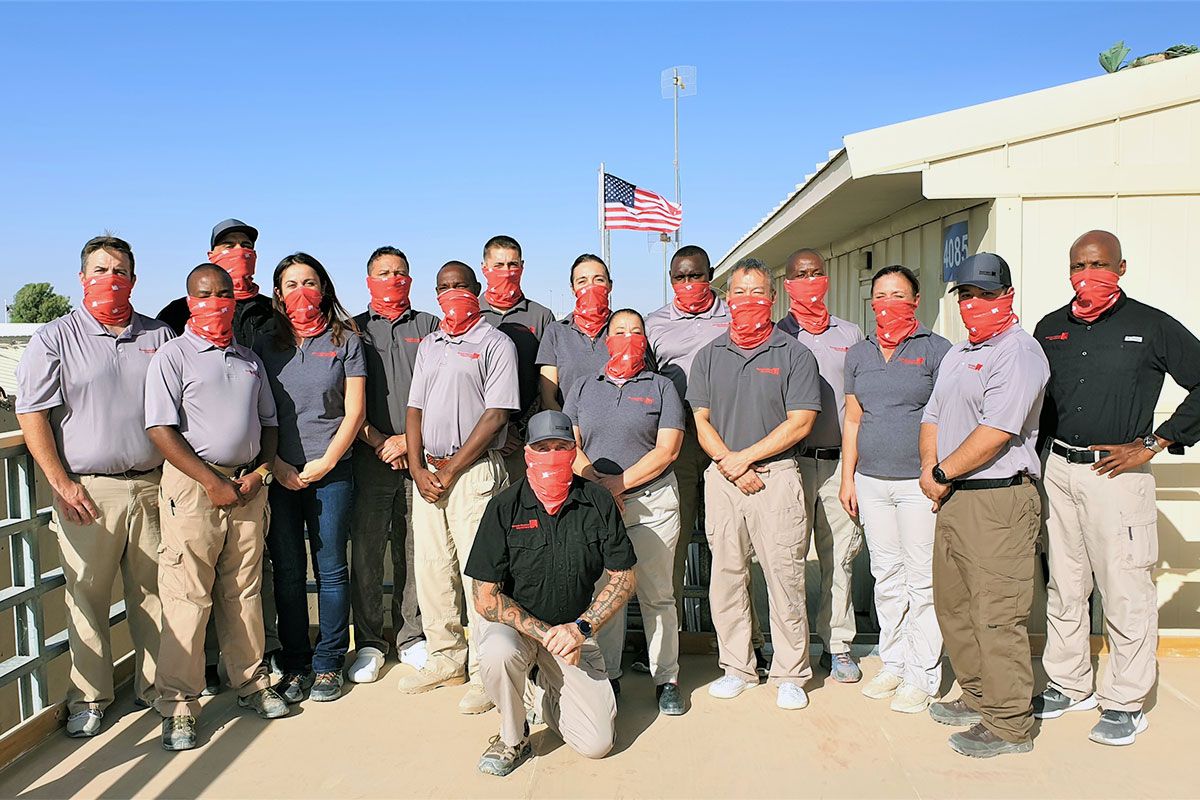Cardiopulmonary Resuscitation (CPR) is a lifesaving technique that is used to circulate blood when a person’s heart has stopped functioning. The American Heart Association (AHA) states that “Immediate CPR can double, or even triple, a victim’s chance of survivalâ€. I have been taking CPR classes since the 1980’s, and have seen the curriculum evolve over the years. The new AHA Emergency Cardiac Care (ECC) guidelines have introduced significant changes to the basic CPR curriculum. Up until this year we were taught to focus on the “ABC’sâ€: initiating CPR by “looking, listening and feelingâ€, then opening the airway, giving two breaths and initiating chest compressions. A substantial change in the CPR guidelines has us now focusing on “CAB†which includes initiating CPR with chest compressions. In fact, the American Heart Association is promoting “Hands-OnlyTM†CPR- encouraging an untrained bystander who witnesses an adult collapse to call 911 and then push “hard and fast†in the center of the chest. Compressions and breaths are still preferred for those trained in CPR.
The following is a short list of some of the changes in CPR training that were initiated this January 2011:
- Minimizing interruptions to compressions
- Ensuring adequate depth of compressions (2 inches on an adult)
- Allowing for adequate chest recoil
- Maintaining a compression rate of at least 100 compressions per minute.
Learning CPR/AED is an important part of Remote Medical International’s Wilderness Medicine curriculum. Students in the full Wilderness First Responder (WFR) and Wilderness EMT classes will become certified in Health Provider CPR. WFR recertification courses include a Health Provider CPR recertification. One of my goals as a Public Health Educator is to get as many people CPR/AED certified as I can. Get CPR certified! You can save a life. Visit the American Hospital Association or the American Heart Association for more information.


